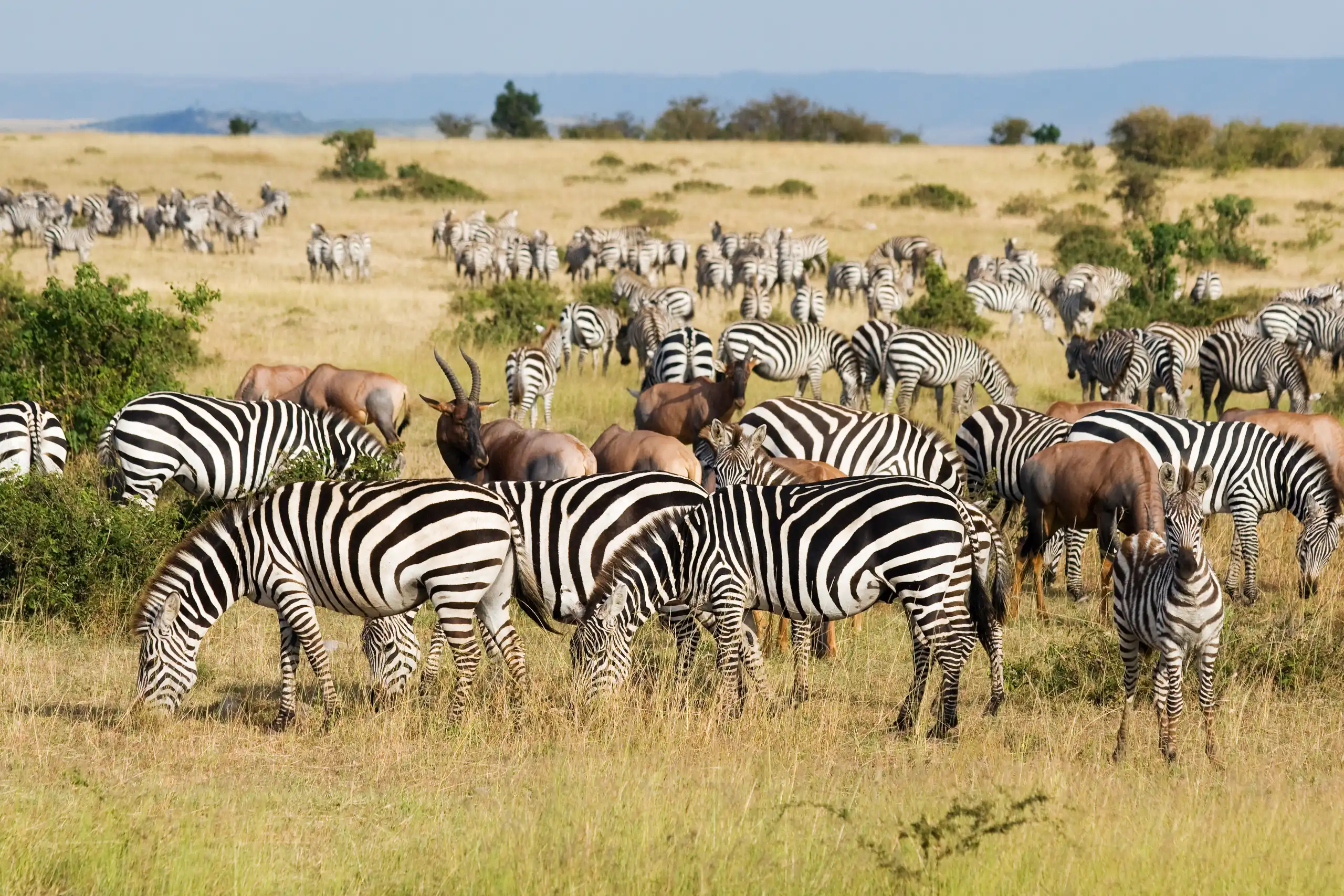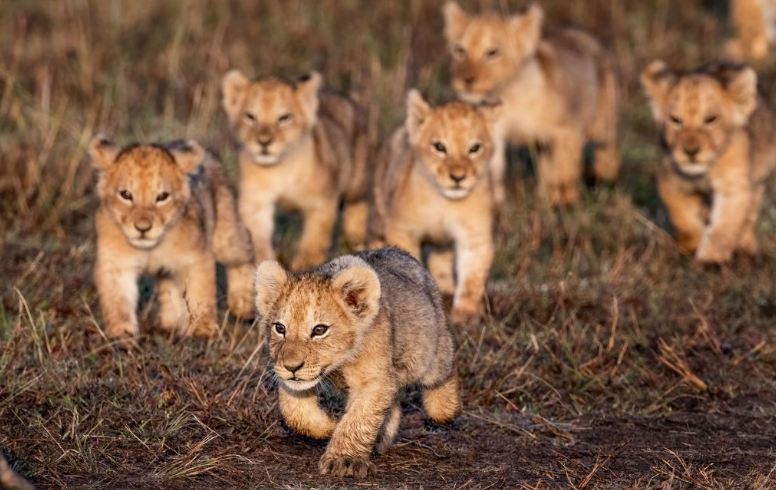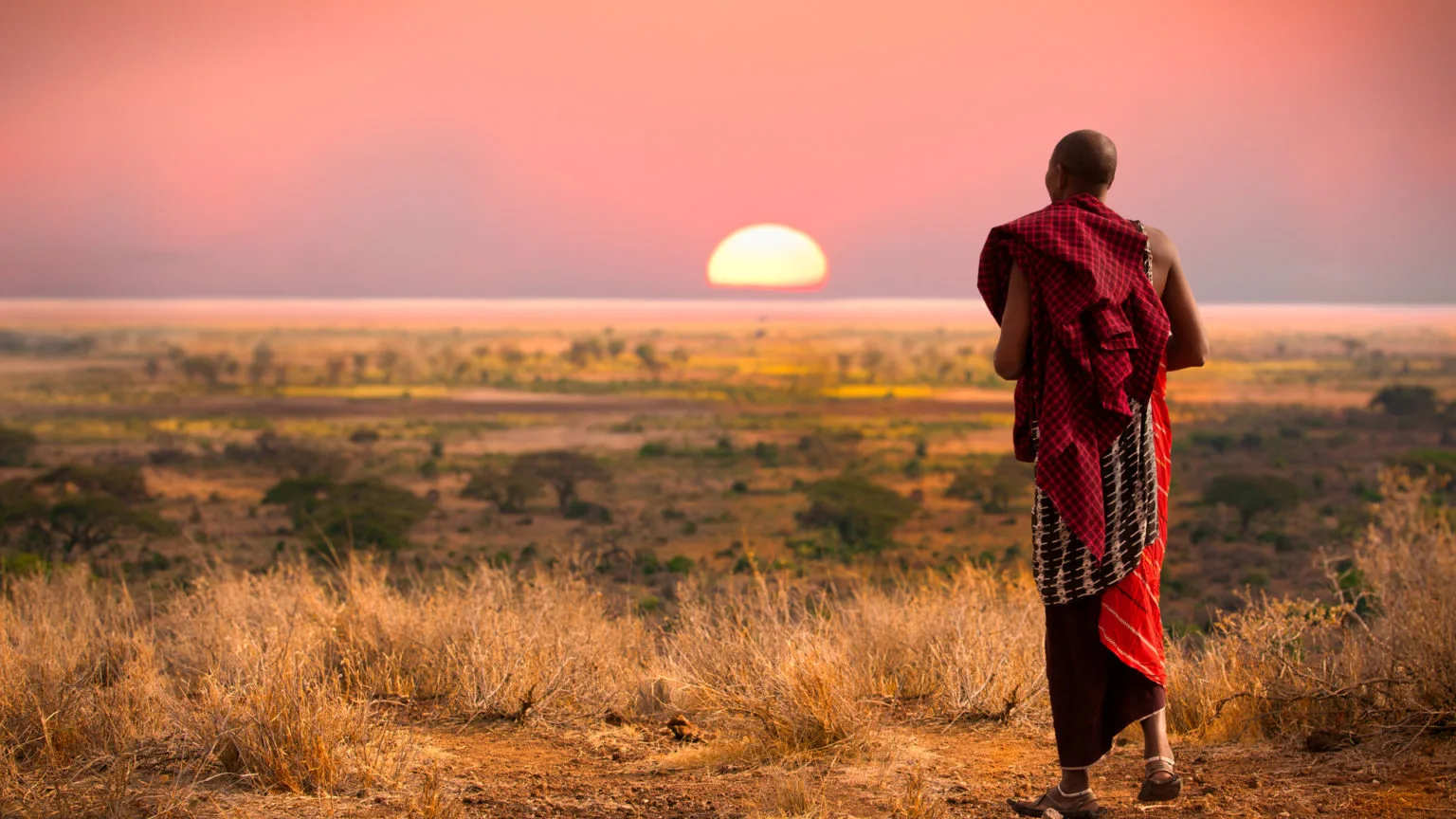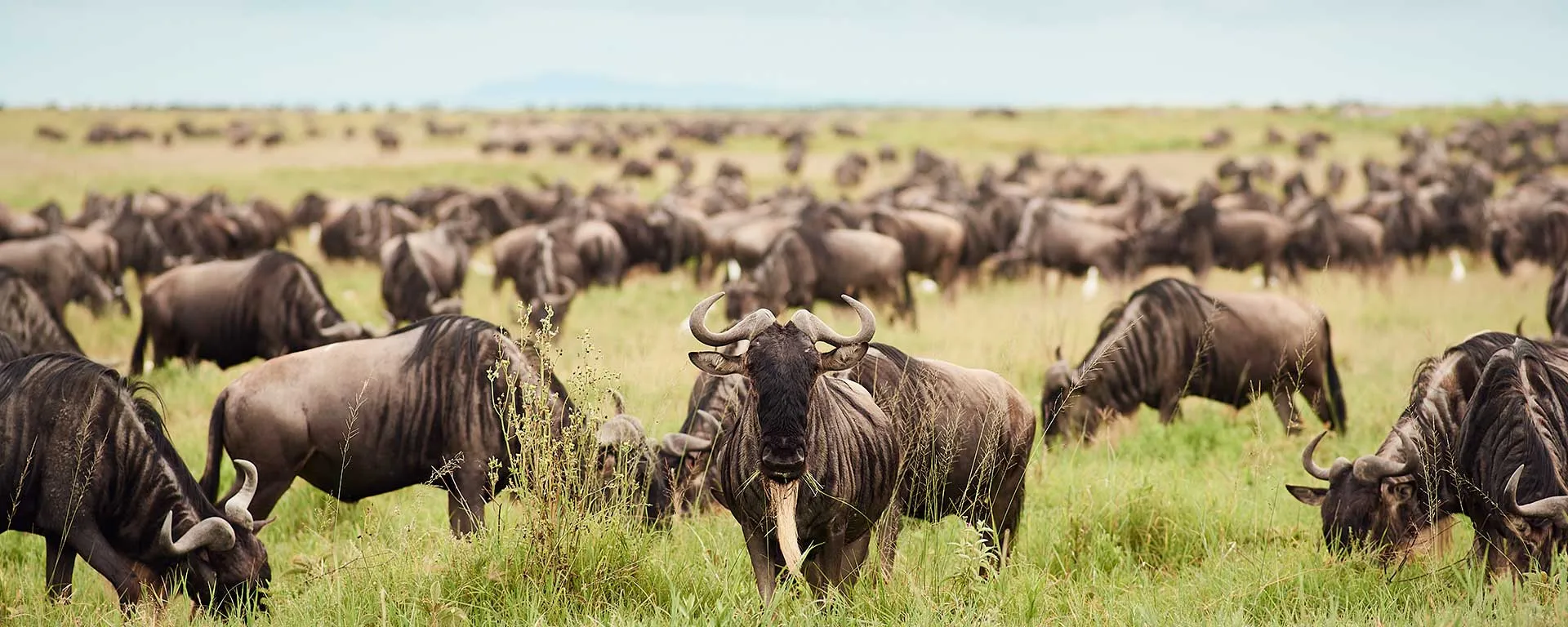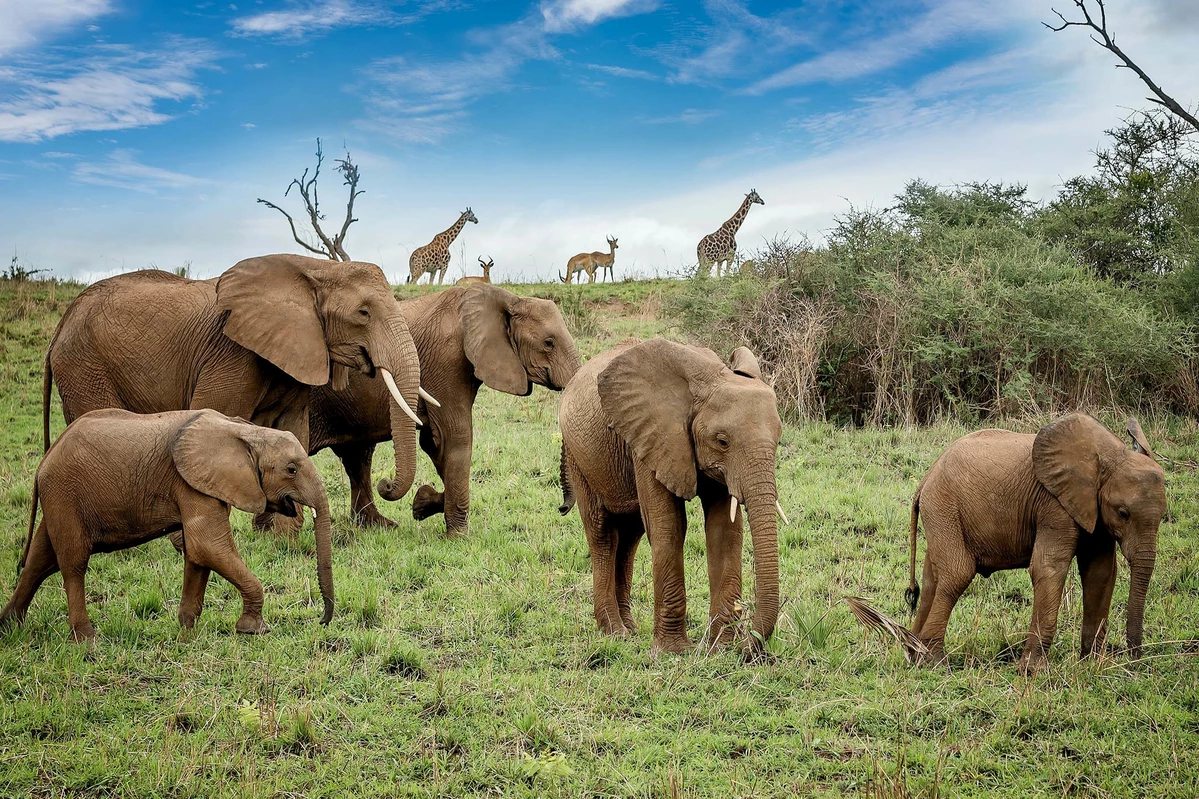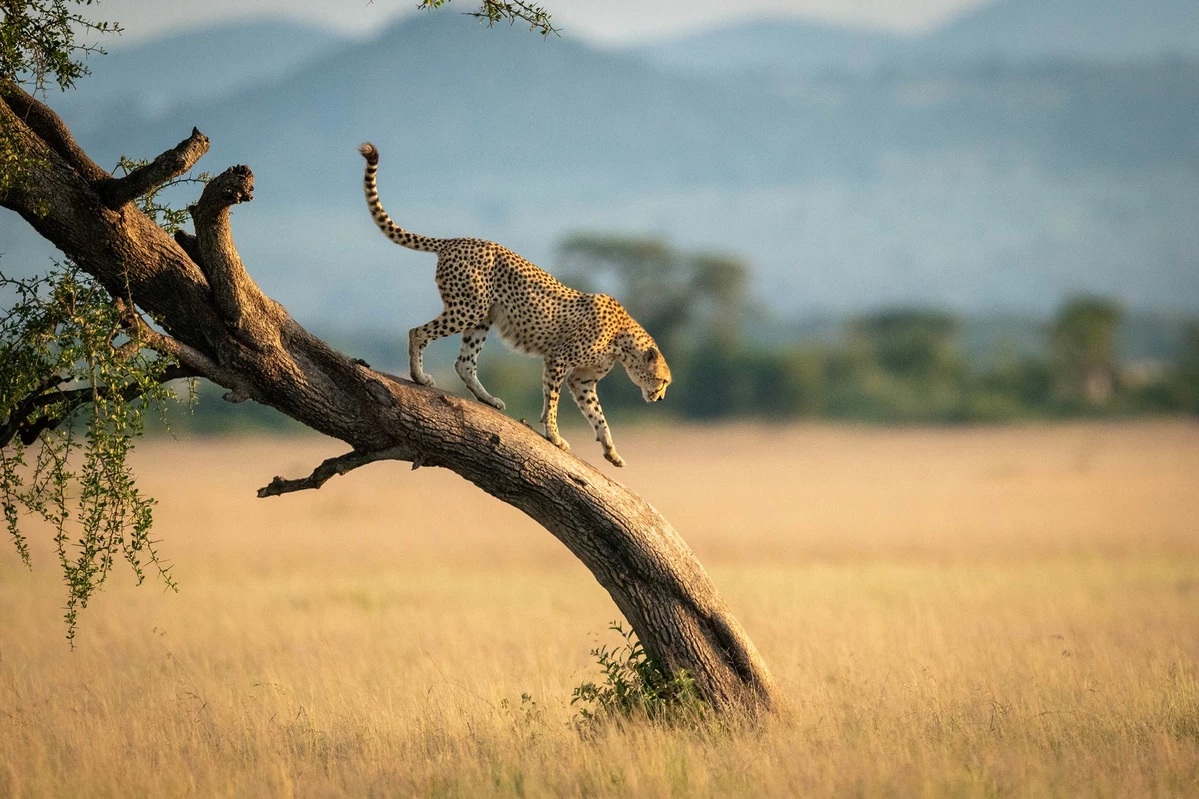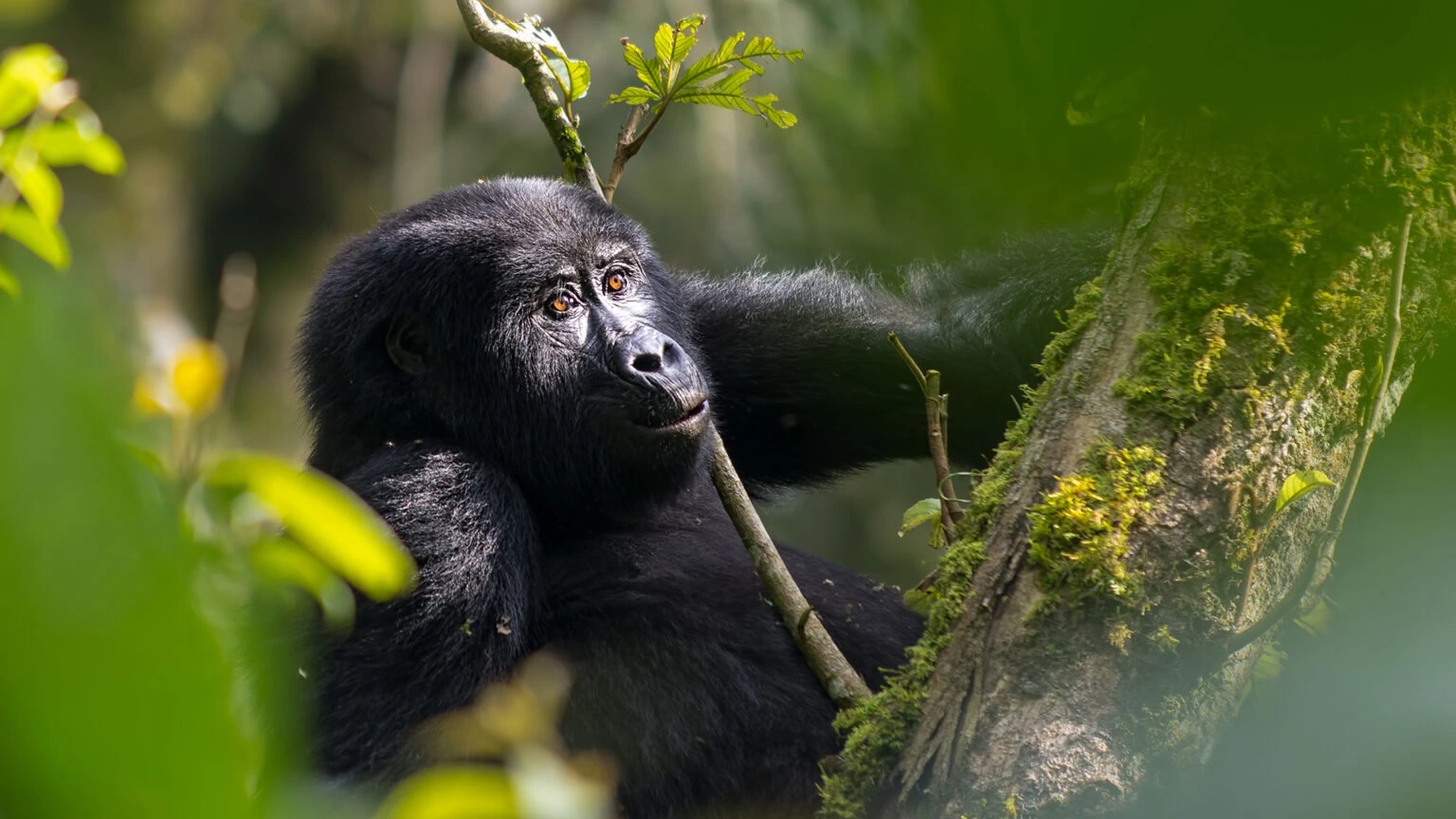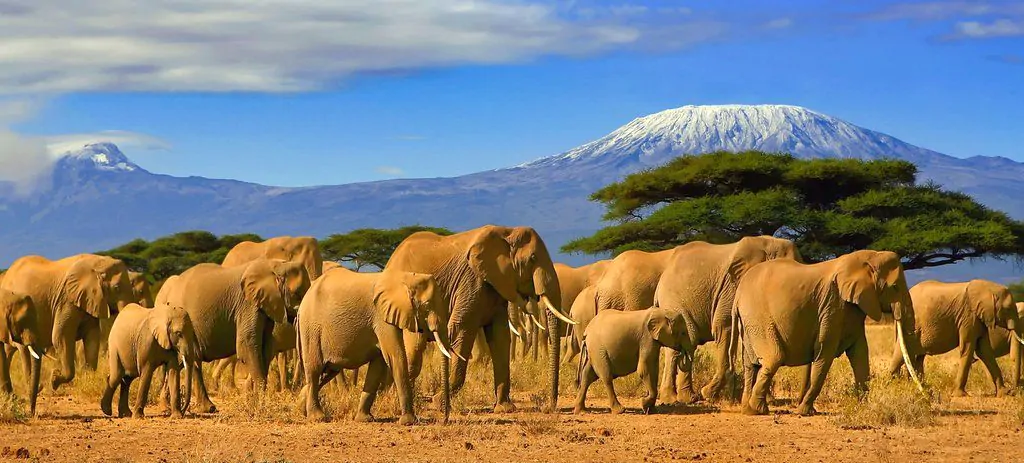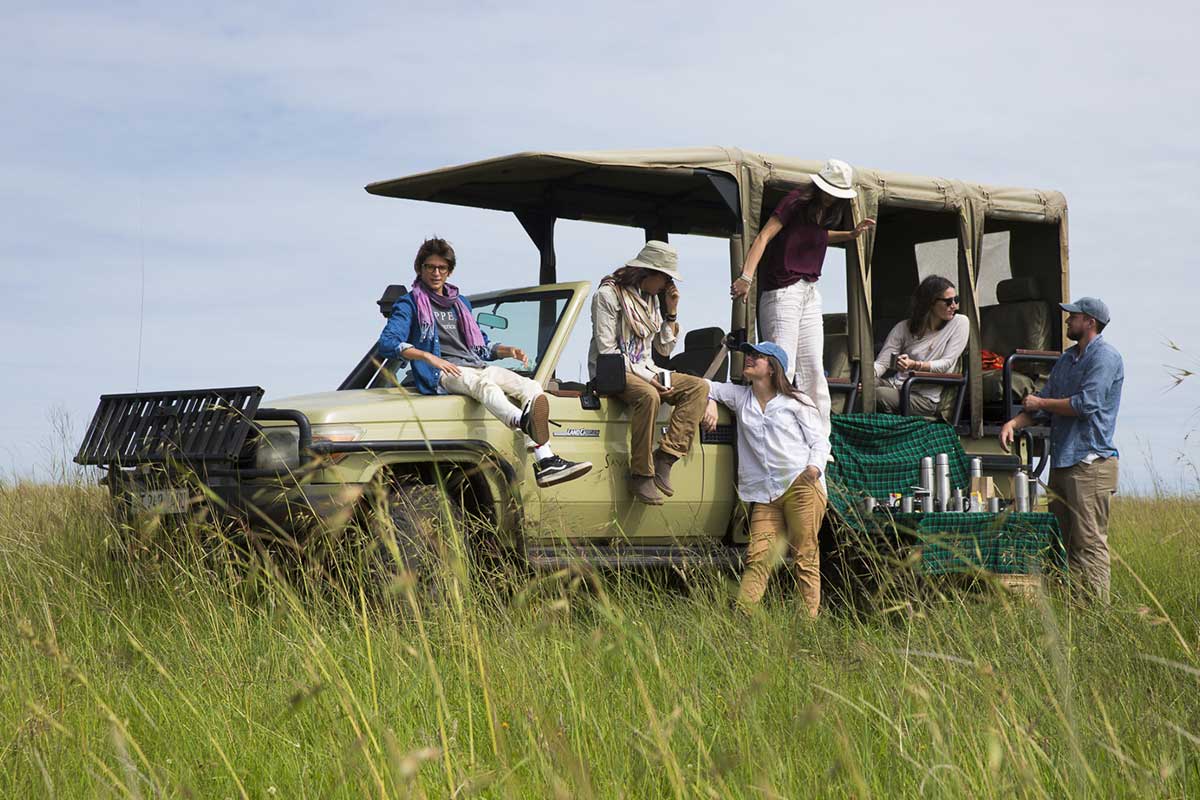Table of Contents
ToggleThe magical Masai Mara National Reserve is Kenya’s flagship conservation area that offers superb wildlife game viewing at any time of the year.
While each month has its own rewards, our experts agree that the absolute best time to visit Masai Mara is during the long cool-dry season (June to October).
Why? At this time, animals draw near to rivers and waterholes and the flora is less dense, making wildlife easier to find and to see.
Also, at this you have a great chance to witness the spectacle of the great migration, particularly between late July and September. However, that said, there are also some benefits (and of course, some drawbacks) to visiting in other months.
For a detailed look at what you can expect, we have created a guide that explains the things you need to know about visiting Masai Mara during each month.
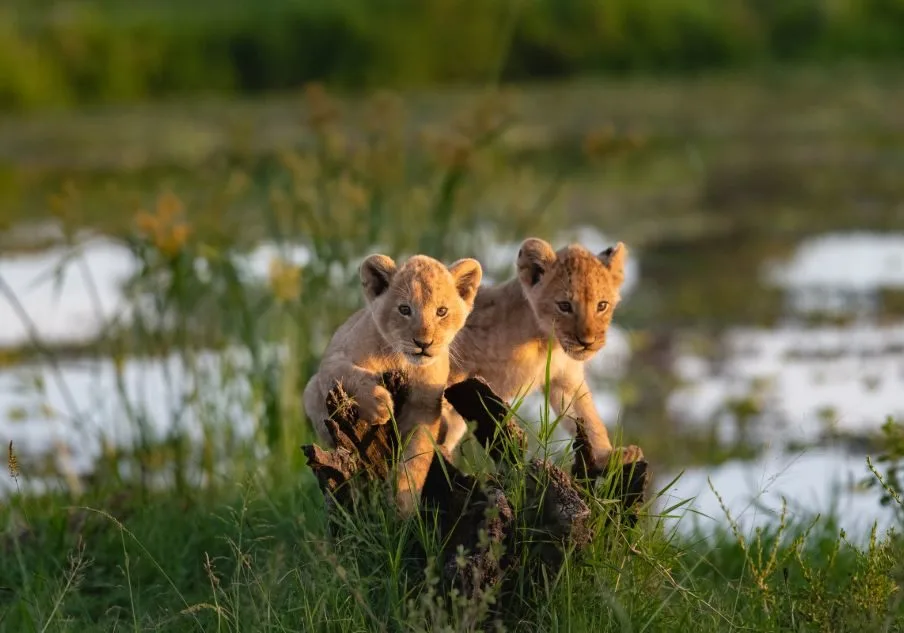
A monthly Guide for Visiting Masai Mara:
January
January is one of the warmest months in the Masai Mara National Reserve.
It is not as rainy as December. There is an average of 15 days of rainfall throughout the month. And if it does rain it is usually just a short-burst shower in the afternoon.
During this time of the year, the Great Migration of Wildebeest and Zebras and its entourage of tourists have moved on to the Serengeti National Park in Tanzania, meaning there are few crowd and safari vehicles around.
This is the best time to visit the Masai Mara if you are a bird lover as the migratory species from North Africa and Europe can be spotted frequently in the area.
January is also calving season and is a time when baby animals are abundant.
You may also like; best Time to Visit Serengeti National Park
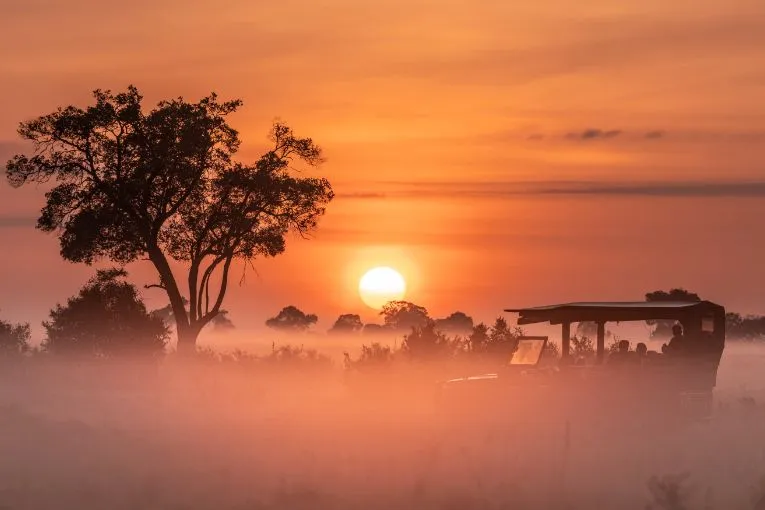
February
February in the Masai Mara sees thousands of baby animals born each day.
The caving season carries through until March.
This is also when to go to Masai Mara if you want to avoid the crowds and to witness Africa’s big cats (leopards, lions, and cheetahs) stalk the plains game.
Also February is a fantastic time if you are photographers as you will often have massive tracts of land and sightings all to yourself, especially in the private conservancies of Mara. Remember, it’s also hot in February, so lodges with pools are ideal.
March
This is not the best time to visit Masai Mara National Reserve but it has its benefits. March in Masai Mara has many colors.
In the evening, dark blue skies form as golden light covers the plains.
You can witness misty mornings shimmering in gold, hiding the wildlife until you get close. A magical silhouette is created as the landscape slowly becomes visible.
March is a luscious time and the start of the ‘long rains’, helping the grass stay lush, feeding the many thousands of mouths.
The rains can hit hard in the middle of the month.
The mornings can be chilly and most days will also have afternoon thundershowers. These conditions can cause flooding, and some camps begin to close for the low season.
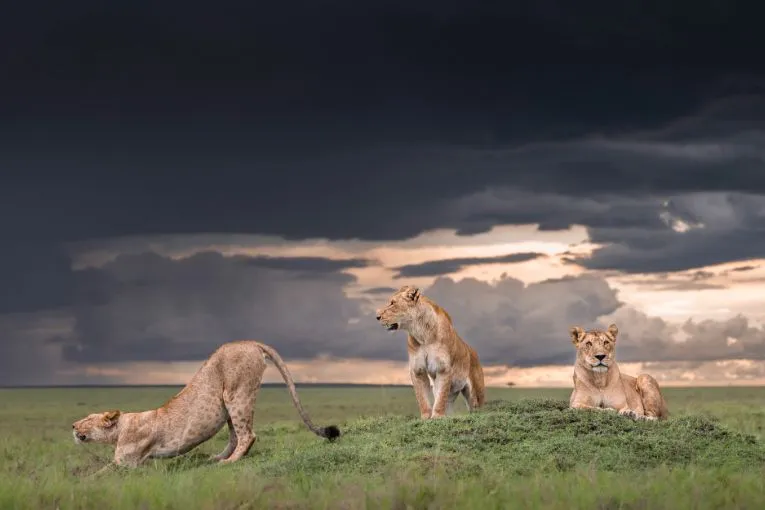
April
April is a low season month in Masai Mara and has more rainfall than any other month of the year. It is somewhat cooler than March but it is still warm.
This is the period of the ‘long rains’ and a few lodges and camps in Masai Mara National Reserve may close over this time to attend to general maintenance and refurbish, and to give their staff a long and well-deserved break.
Due to high levels of rainfall, grasses on the plains grow long and lush.
The Marsh reeds begin to flower and there is a profusion of wild flowers amidst the savannah grass. Thunderstorms build in the late afternoons, bringing dramatic skies and wonderful photo opportunities.
May
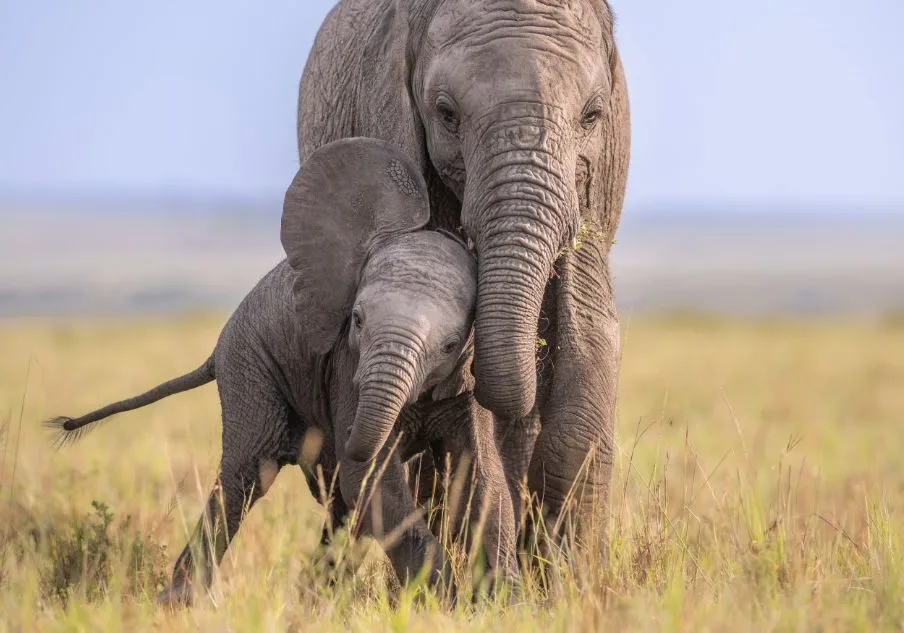
May receives slightly less rainfall but it’s still one of the wettest months in the Masai Mara. This period mark the beginning of some slightly cooler months in Kenya which usually lasts until September.
Dirt roads turn to sticky mud, rivers flood their banks, and the almost persistent drizzle never really allows for a sunny gap.
However, predicting rain is the most inexact of sciences and you may find that one year May is washed out, while the next is dry.
If you want to visit the Mara during this time, we recommend a fly-in safari.
June
The month of June marks the end of the ‘long rains’ and the beginning of the busy season in Masai Mara.
It is a much drier month, and the days are far cooler than any other time of the year.
The vegetation is still dense and lush from all the rainfall and even though the animals can sometimes be hard to spot, it is still considered one of the best times to visit the Masai Mara National Reserve.
Most of the Great Migration herds (and their entourage of spectators) are yet to arrive and preparations are well underway for their imminent appearance.
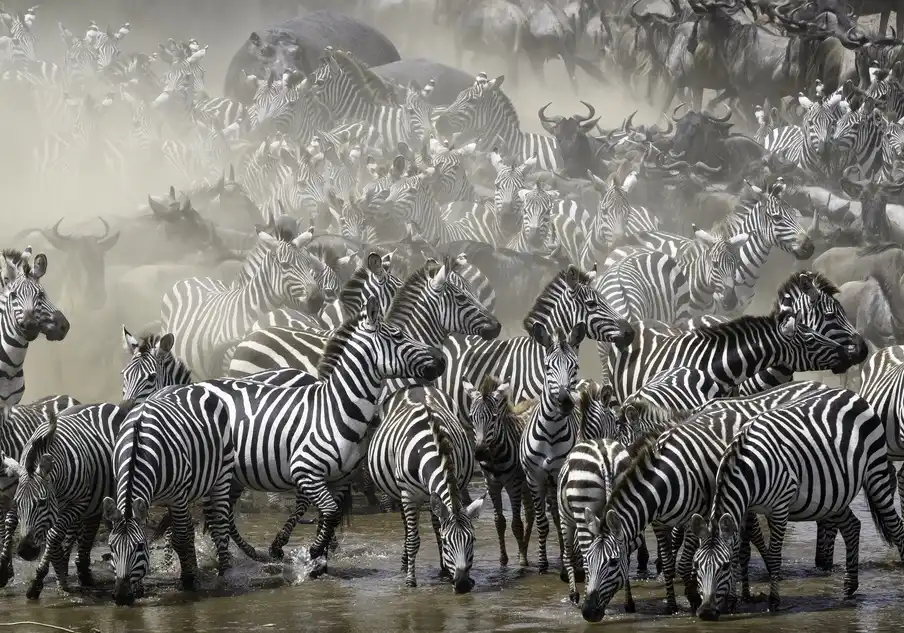
July
In July the wildebeest herds might start to arrive in the Masai Mara after their journey from the Serengeti.
The daytime conditions are pleasant with warm weather, but it can get cold in the evenings and on early morning game drives.
It is the driest month in Masai Mara which keeps the wildlife within reach of their watering holes.
This is the best time to visit Masai Mara to see the African Big Five animals.
However, it is one of the busiest months of the year. Prices usually go up and wildlife sightings can become crowded in the national reserve.
August
August is another dry month in the Masai Mara National Reserve and it has the same cooler temperatures as July, especially during the night.
August is a popular month to witness the daily wildlife spectacle of the Great Migration when thousands of zebras and wildebeest perform their death-defying river crossings, with hungry crocodiles in wait.
But these river crossings is unpredictable – sometimes the herds stay put for weeks, other times they could cross four times in a day.
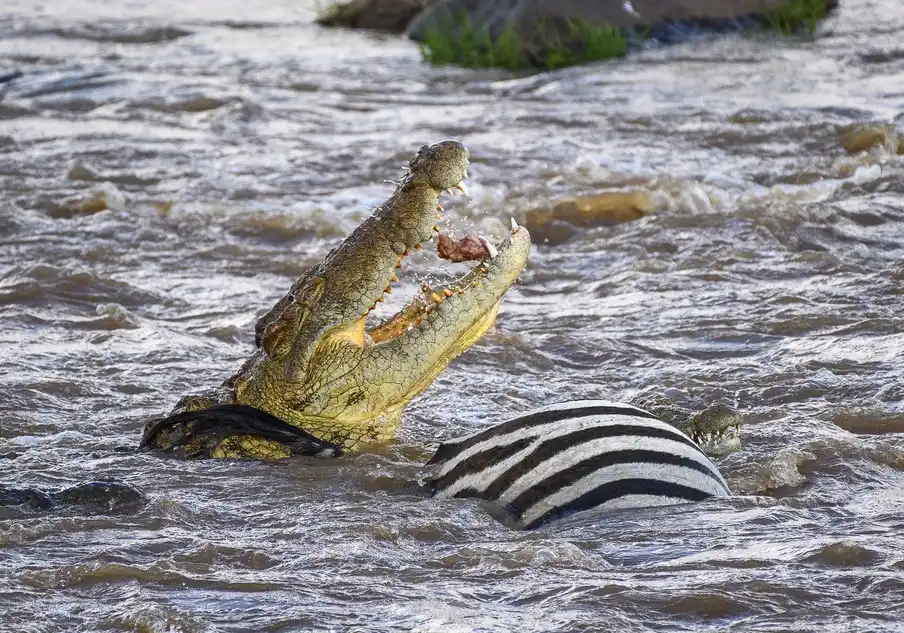
September
Masai Mara in September is somewhat warmer than in August with high daytime temperatures and cold nights.
It is still the dry season, which makes for excellent wildlife game viewing and the wildebeest migration remains on the plains of the Mara with dense concentrations of both covering the landscape as far as the eye can see.
They spread out during the day to graze and come together in tight herds for safety at night. River crossings are plentiful from a handful of zebra to a few thousand wildebeest.
Crocodiles still take a few although most have now had their fill and watch contently from the riverbank. Dung beetles of all colours and sizes are busy trying to clear up what the wildebeest have left. All in turn provides a feast for birds, aardvarks, aardwolves, bat-eared foxes and mongooses.
October
The first few weeks of October are dry which give rise to very colourful sunrises and sunsets.
The sun rises noticeably earlier with first light at 6am. The grasses on the plains are short due to the constant grazing by the large herds of zebra and wildebeest.
The migratory herds usually start leaving the Masai Mara, but Kenya has no shortage of resident wildlife that will keep safari enthusiasts delighted in Big 5 country.
November
November in Masai Mara normally begins hot and dry. With the grasses grazed down the last leg of the Great Migration congregate and prepare for their long trek down south to their Serengeti calving grounds in Tanzania.
The only downside can be the rain, but the thundershowers are usually short afternoon bursts followed by clear skies.
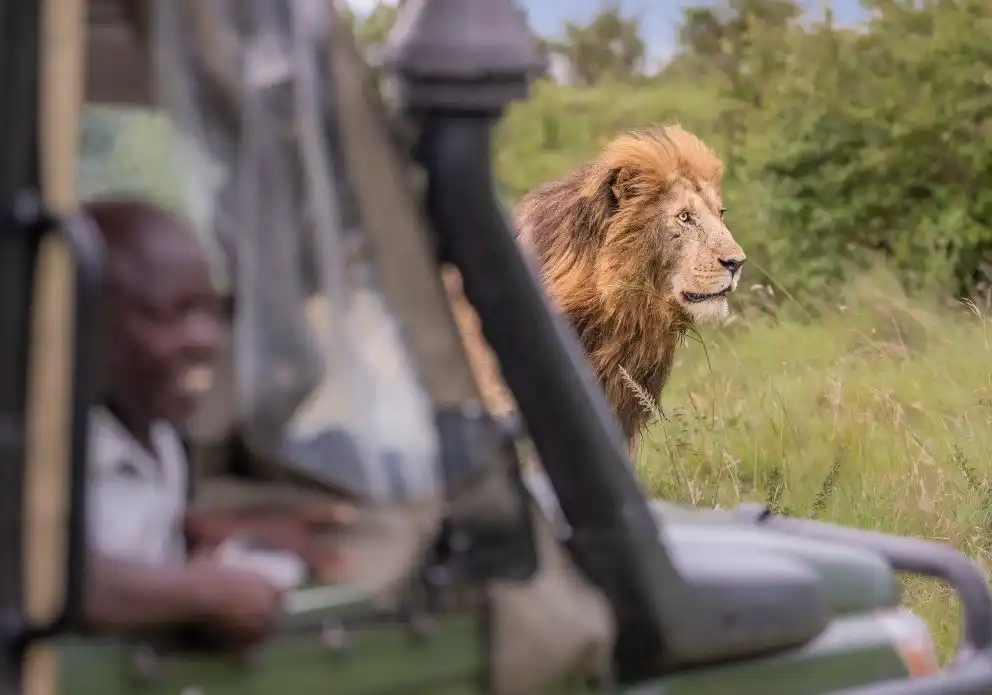
December
December in Masai Mara is less busy at the beginning of the month than during the peak season months. However, it can get busy in the reserve over the festive season period.
With the wildebeest mostly gone, elephant families return, crossing the Mara River on a daily basis and fanning out in the Marsh areas to feed.
The majority of the plains game from impalas, gazelles, and topi to the warthog has had their young and now the process of rutting has started.
Males are busy re-establishing their territories especially after a shower of rain, as their scent markings will fade.
You may also like; best time to visit Kenya
FAQs about the Best Time to Visit Masai Mara
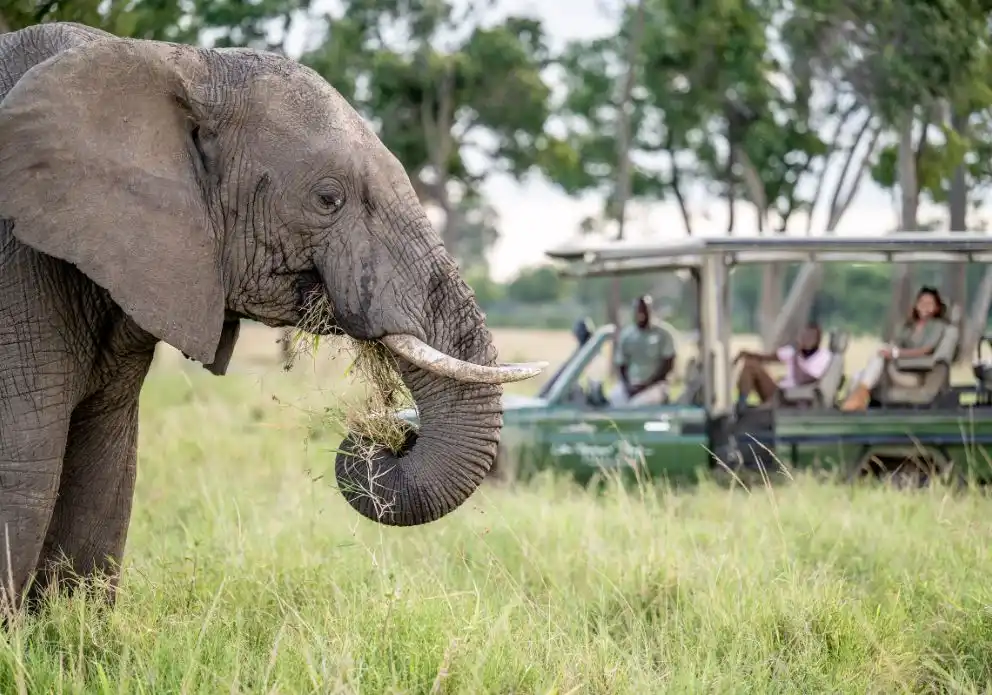
1. What month is the great migration in Masai Mara?
No one knows the exact moment when the herds of wildebeest and zebra, more than 2 million strong, will cross the border from Serengeti into Masai Mara.
And nor can anyone predict with certainty the precise weeks when the wildebeest will funnel down the banks of and across the crocodile-infested Mara River.
But there are some reasonably reliable parameters to help when choosing the time to visit Masai Mara in order to maximize your chances of witnessing one of the greatest wildlife spectacles on the planet.
In most years, the herds arrive in the Mara around mid-July and into August. This stage is when the massed crossings of the Mara River usually occur.
In September and October, the herds usually remain in the Masai Mara, a moving mass of wildlife that is quite extraordinary to see. By late October and almost certainly by November the herds leave Kenya and return to Tanzania.
2. When to skip the crowds in Masai Mara?
Masai Mara can certainly get crowded during the peak season months of August to September. If you want to avoid the crowds you can plan your Masai Mara safari to avoid the period when the migration is in full swing.
If that is not an option, it is almost impossible to shake off the convoys of safari vehicles that surround the Mara River crossings – you might just have to grin and bear it if that’s why you are here. That said, while all of those vehicles line up along the riverbank, much of the rest of the reserve can be surprisingly quiet.
Another option is to stay outside the reserve on one of the private or community conservancies that surround the National Reserve to the north and east.
Some of these like Naboisho, Mara North and Olare Orok, in particular have some of Africa’s highest population densities for Big Cats and, though expensive, are only accessible for those staying in one of the conservancy’s small lodges or tented camps.
And if you’re staying here, you can always enter the reserve to see the migration, and then return to the relative quiet of the conservancy when you’ve had enough.
3. How many days do you need in Masai Mara?
When going for a safari in the Masai Mara, you should ideally devote at least 4 days to your trip. If really pressed for time, you can book a 2- or 3-day trip, but 4 days is definitely more comfortable and gives you time to settle into the bush.
On a 4-day trip you can break up the drive to or from the Masai Mara with an overnight stay in Lake Nakuru National Park or Lake Naivasha, with the option to visit nearby Hell’s Gate National Park. Alternatively you can spend all 3 nights in the Masai Mara.
With 2 full days in the reserve, you’ll have plenty of opportunity to explore this iconic safari destination. You will be able to experience a full-day dusk-to-dawn game drive that will include lunch at one of the picnic spots.
Morning and evening game drives are rewarding as well, but on a full day you can get further into the reserve, away from the more-crowded areas.
4. What is the rainy season in Masai Mara?
The Masai Mara has two rainy seasons: the shorty rainy season is in November and December and the long rainy season is in March – May. The heaviest rainfall can be expected in April, however flooding can occur in both rainy seasons.
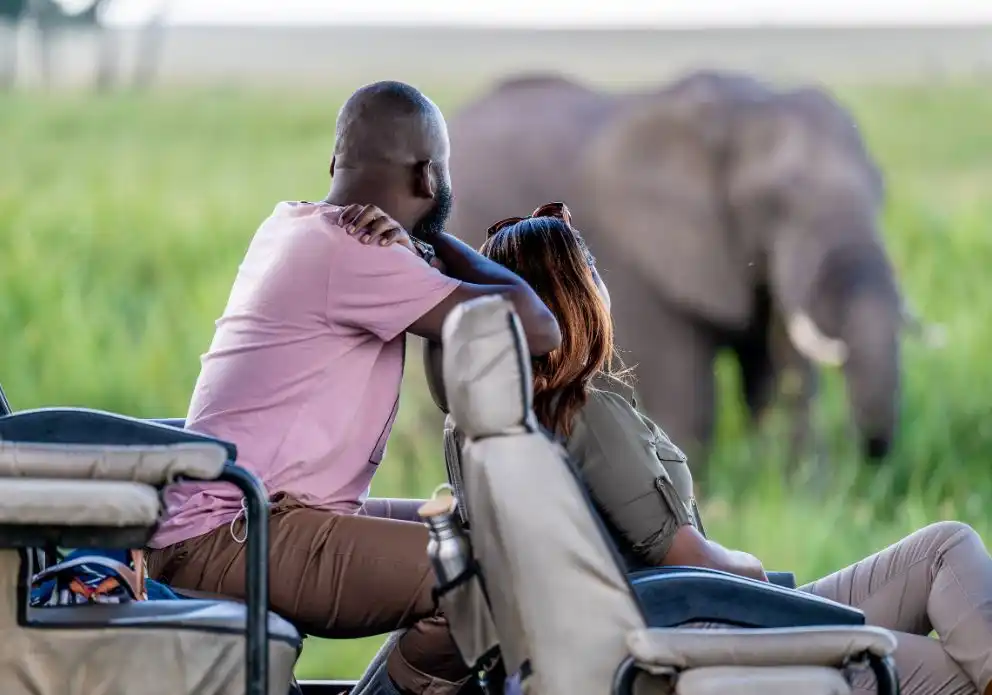
Want To Visit Masai Mara?
Get in touch with one of our Africa Safari Experts to help tailor-make a safari to the Masai Mara National Reserve that is right for you.

